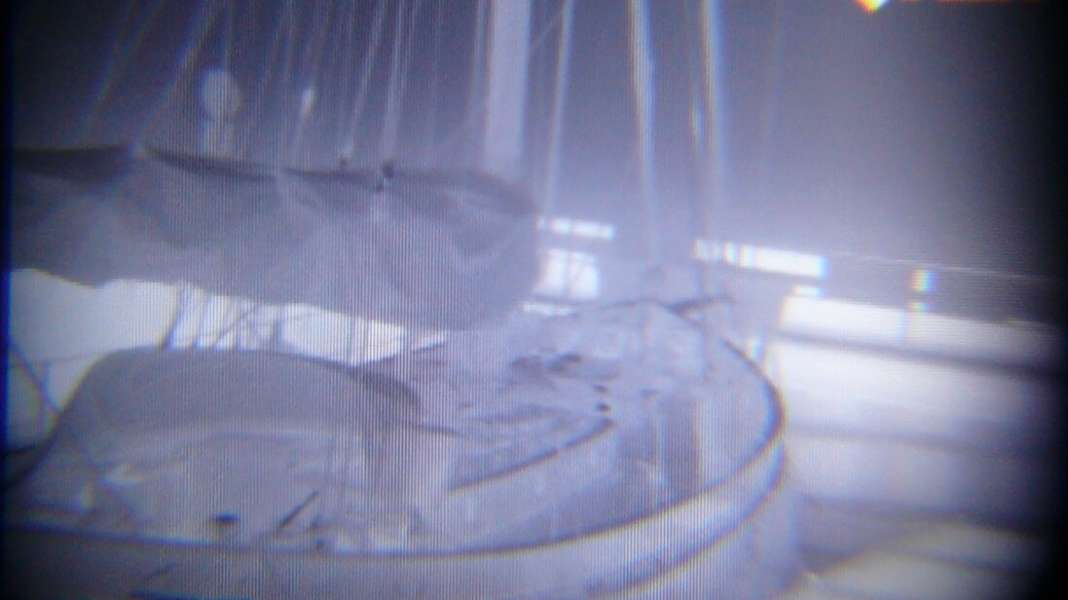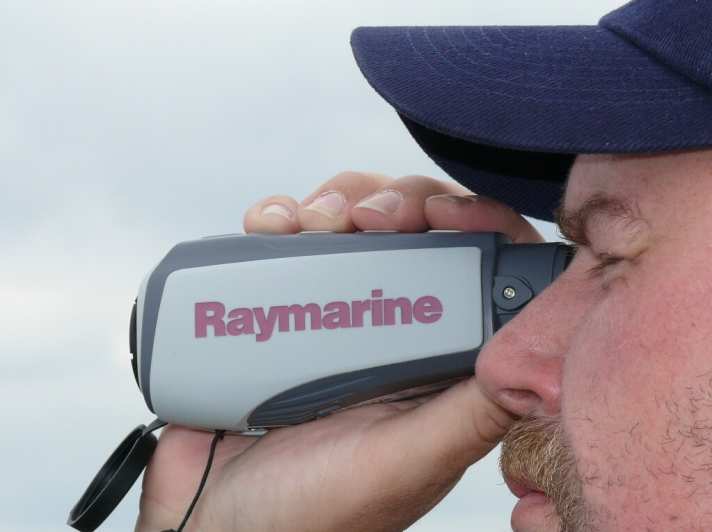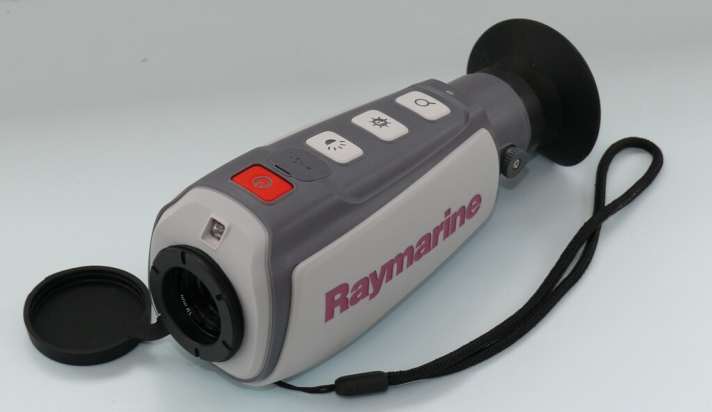
Another night vision device? Not quite: conventional night vision devices only amplify the available residual light and are of no help on moonless nights. Thermal imaging cameras work according to a completely different principle. They do not image visible light, but thermal radiation. Every body whose temperature is above absolute zero (-273 °C) emits heat radiation. The view with a thermal imaging camera is therefore largely independent of daylight or spotlights.

Raymarine is presenting two handy models with this technology: TH24 and TH32. The only difference between the two is the resolution of the image sensor and, of course, the price. The technology is supplied by Flir, the world's largest manufacturer of digital thermal cameras and recently a parent company of Raymarine. Flir has so far made a name for itself primarily in the military and security sectors. The new products with the Raymarine label are intended to be the entry into the end customer market.
The thermal imaging cameras consist of three main components: Image converter, screen and power supply. The latter is provided by an in-built Li-ion battery and is charged using a modern USB cable. A computer does not necessarily have to be connected to the other end of the cable; a simple USB charger for mains or 12 V operation will do just as well. It has not yet been possible to obtain exact details of the operating time, but it seems generous. Even after several nights of testing, the TH32 did not need to be topped up.

Due to the working principle, the resolution of (civilian and affordable) digital thermal imagers is much lower than that of optical digital cameras. The two Raymarine models offer 240 x 180 pixels (TH24) and 320 x 240 pixels (TH32). Although this is not even 0.1 megapixels, it is sufficient for orientation and to spot a person floating in the water, for example. The thermal imaging camera is not intended as a replacement for binoculars. A high magnification would restrict the field of vision too much, making it impossible to orientate yourself at close range.
The screen always displays a monochrome image and you can choose whether heat is displayed in light or dark colours. There are no colours in the optical sense with thermal cameras. To prevent glare at night, the display can be switched from black and white to black and red. Dioptre compensation makes the camera comfortable to use, even for spectacle wearers.
In practice, the thermal imaging technology initially provides a very unusual view of the surroundings. What is particularly striking is how much life there is on the water and in the shore area: Everything that is visually well camouflaged and therefore barely noticed by humans is displayed as a bright dot on the small screen. It must be used outdoors, as window panes or even just the foil of the sprayhood are blind to heat radiation. Barrels, ships and controls could be recognised sufficiently. However, it should not be forgotten that, despite the eyepiece design, you are not holding a telescope in your hand. The display size corresponds approximately to the view with the naked eye. The thermal imaging camera is well suited as a glare-free alternative to the searchlight. Even objects with the same temperature can be differentiated if their surfaces have different roughness. For example, wind ripples stand out clearly from otherwise smooth (and equally cold) water.
The TH24 (240 x 180 pixels) costs €1,779, while the larger TH32 model (320 x 240 pixels and 2x digital zoom) costs €2,723. Both are not exactly cheap, but based on our practical experience, the more expensive model proves to be the better value - due to the better resolution.
